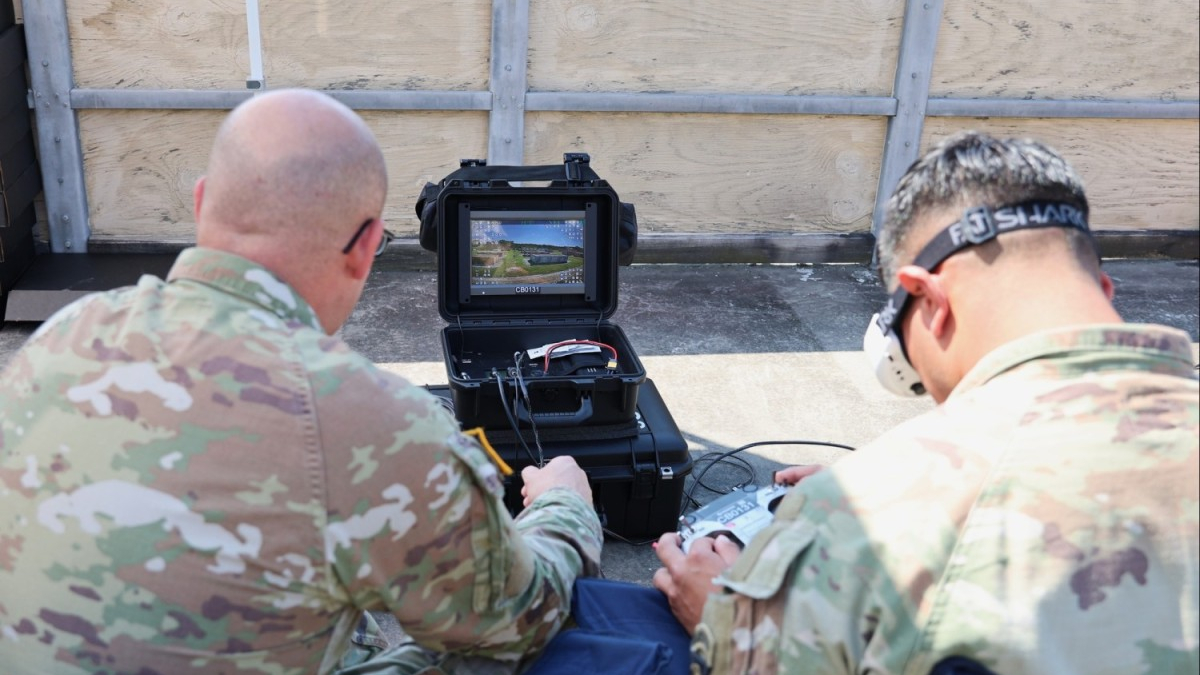US Soldiers learn to 3D print and fly drones in new Army course — 3-week boot camp covers everything from printer maintenance to FPV operation

Over recent years, the U.S. Army has been steadily integrating both drones and 3D printing into its arsenal. This involvement makes sense on a strategic level and provides for some interesting career opportunities for those enlisted. In a report from 3D Printing Industry, it looks like the Army has introduced a new course aimed at imparting drone and 3D printing skillsets to those enrolled, known as the Unmanned Advanced Lethality Course (UALC).
The goal of UALC is to teach soldiers a variety of protocols from 3D printer maintenance to operating FPV drones. Students must learn how to not only fly the drones but also produce them from the ground up using 3D printed assets. According to UALC, the course is designed to last for three weeks and is led by the U.S. Army Aviation Center of Excellence (AVCOE).
This course is currently held at Fort Rucker in Alabama and leaves students with a handful of useful skills that easily transfer to other areas—especially 3D printing. Soldiers tackle printing with both FDM printers and resin printers. They also get to experiment with 3D printing unique materials like carbon fiber.
Students will learn to use 3D printing software and to make or modify their own 3D models. Students will be able to produce custom STL files using CAD software. There are also plans to provide a library of files that soldiers can access and print themselves once deployed back to their units.
So far, the course isn't widespread and is limited to just 28 students in the Army. This shouldn't take long to spread, however, as there are also plans in the works to expand the training through what they call "Mobile Training Packages" or MTPs for short. This will enable the students to pass on their knowledge through basic FPV training courses.
If you've ever wanted to join the military, a solid background in 3D printing might give you a tactical edge. If you want to dabble in the world of 3D printing for yourself, check out our list of best 3D printers to see what we recommend and know what to look out for when shopping.
Follow Tom's Hardware on Google News to get our up-to-date news, analysis, and reviews in your feeds. Make sure to click the Follow button.
Get Tom's Hardware's best news and in-depth reviews, straight to your inbox.

Ash Hill is a contributing writer for Tom's Hardware with a wealth of experience in the hobby electronics, 3D printing and PCs. She manages the Pi projects of the month and much of our daily Raspberry Pi reporting while also finding the best coupons and deals on all tech.
-
ackza Ash Hill is the only person trying to bring attention to US military lack of cheap drone tech etc. I'm grateful shes trying but wow we maybe need some men to pull their weight too? They're leaving this woman on her own to promote us 3d printing drones etc hahahaha wtf man. Help her out. Give us some actual funding to go to 3d printing maker conventions etc . Give us money to do some DRONE LASERTAG AND AIRSOFT PAINTNBALL matches!Reply
Where is the Trump administration? -
Phyzzi Okay... so the expensive part of a drone is almost certainly the battery and the motor, and possibly the controller. If 3D printing drones made any kind of financial sense, they would be consistently high ranking models on the various places that post STL's publicly.Reply
The parts of drones made of plastic (so the printable ones) are not going to be cheaper, or better, if 3D printed by anyone without an engineering degree. A 3D printer won't be more useable in the field, and it won't be easier to ship resin or fillament.
While I understand that there are potentially some uses for 3D printing parts at a operations base rather than shipping them as updates from a professional manufacturing facility, I feel like printing drone parts is going to make the people taking this course turn from thinking that printing might be interesting and useful to thinking that it's too much time and trouble for most needs.